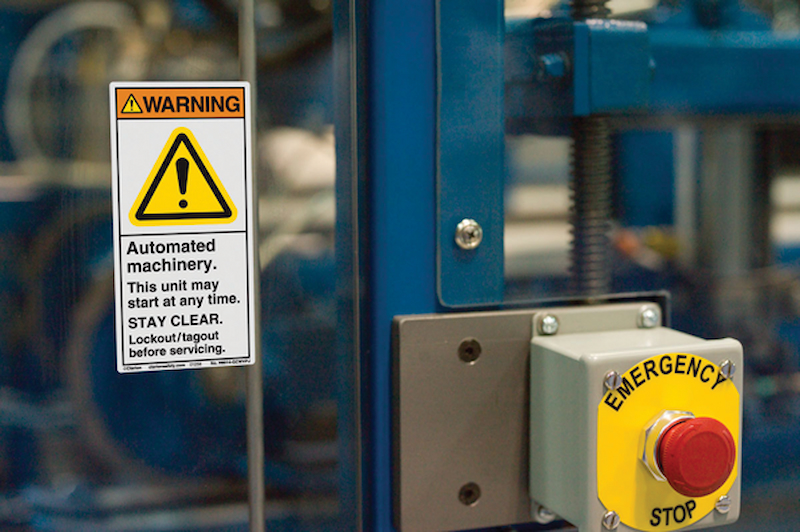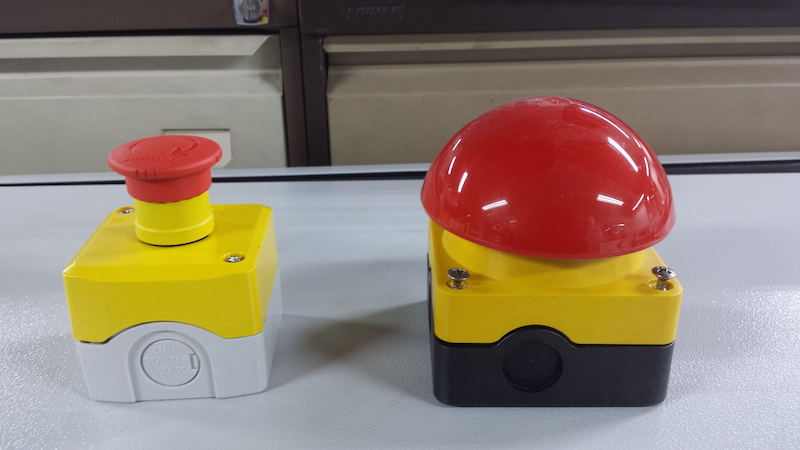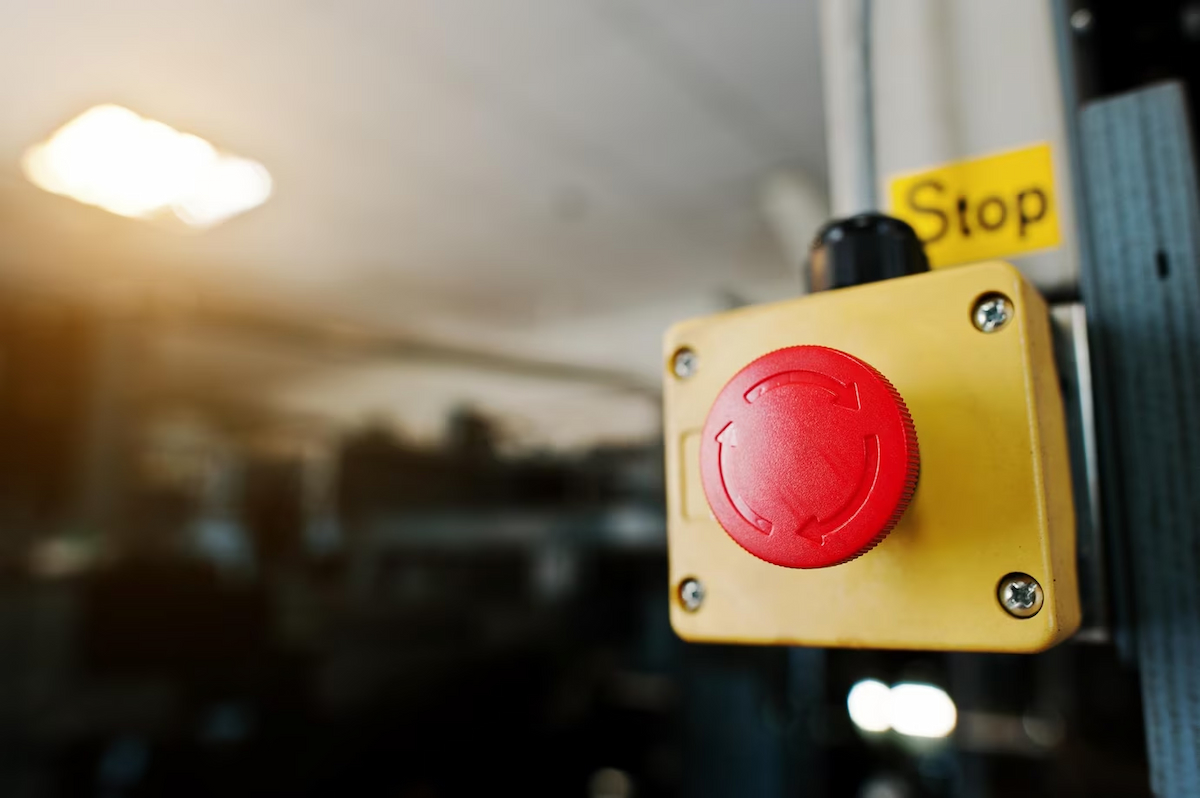Situations that just take place without any warning and put everyone in danger require the use of preventative measures. One of these preventative measures are emergency switches. These switches are mainly used on machinery and they’re made to make the piece of equipment they’re on, shut off.
This straightforward solution is the safest when it comes to preventing an expensive industrial machine from getting damaged further and from damaging surrounding equipment. Emergency switches are also able to protect workers which is why they are found on every piece of machinery no matter how large or small it is. But even emergency switches are not as simple as they used to be.
What Matters in an Emergency Switch

Compactness
Although an emergency stop switch should be easy to spot it shouldn’t be too large that it’s going to stick out like a sore thumb. It shouldn’t be too small either as this way you’ll make things even worse. A compact emergency switch is what you should look for. But its size will depend on the amount of switchgear you have around it.
Flexibility
You should look for an emergency push button that can be easily incorporated with the machinery you’ve got on site. Complicated mechanisms are not a welcomed sight as this means you’ll only be able to pair the switch on certain types of equipment. If you have different types of machines this won’t be a good idea.
Durability
The durability of an emergency switch is determined by the type of IP rating it has. This rating tells you how well the switch is protected from dust and water. The higher this rating is the better as the switch is able to withstand more abuse from external sources. For instance, an IP 65 switch is a well-protected unit but it’s not as good as an IP 69-rated switch.
Illumination
What’s more important than the size of an emergency push button is the light it emits. Even in broad delight, an illuminated switch is going to be more easily recognisable than one that’s not illuminated. Some have the whole button illuminated while others have an LED ring that you can change the colours of.
Actuator
An emergency push button is the simplest actuator type you can have as it closes the switch when you press the button. You can also go for a switch with a trip wire or a rope pull which can be actuated at any point as the line can operate even if the cable is slack or breaks.
Contacts
The type of contacts an emergency button can have NC, NO as well as changeover and positive break contacts. NC contacts have the relay closed when the coil is not being sent power while NO contacts have the relay open. Changeover contacts are able to turn on machinery in one of two given positions while positive break contacts are open in the activated position even when there’s mechanical failure.
Types of Emergency Switches

Push-Pull
One of the most common emergency stop switches are push-pull switches which are activated by pushing the button and then reset by pulling it. They are great when it comes to immediate termination but they are not the best when it comes to preventing accidental activation of the switch.
Cable-Pull
Emergency switches that are great at activating switches across large distances are cable-pull switches. This is why cable-pull switches are often used on lengthy machinery such as conveyor belts.
Twist-Release
With twist-release emergency buttons, you can’t go wrong as you can’t accidentally turn on the switch. This is mainly because in order to reset the button you need to twist it which is why this design allows you to only actuate the button in actual emergencies.
Key-Operated
An even better solution than a twist-release emergency switch button in the case of accidental use is a key-operated switch. While it may not be as easy to reset or activate the switch, it surely is a more sure-fire way to prevent any false alarms.
Foot-Operated
If your hands are all busy most times, then a foot-operated emergency stop switch is the one to go for. As you’d expect, this one is activated with your foot which means you can carry on with your tasks and save your equipment from damage.
Touch-Sensitive
The most advanced emergency switches you’ll come across are touch-sensitive switches. These are used in high-tech settings where you need speed and precision on your side. Activated by a simple touch, these switches are also the most prone to accidental activation.
Mushroom
Simple button switches can be shaped like a mushroom which makes them stick out more in an array of switches. That’s why they’re used on older machinery where you have all kinds of buttons across a large area.
Illuminated
The illumination of an emergency push button makes it stand out even more than a mushroom switch button. No matter if it’s dark or not you will definitely notice an illuminated emergency stop switch.

